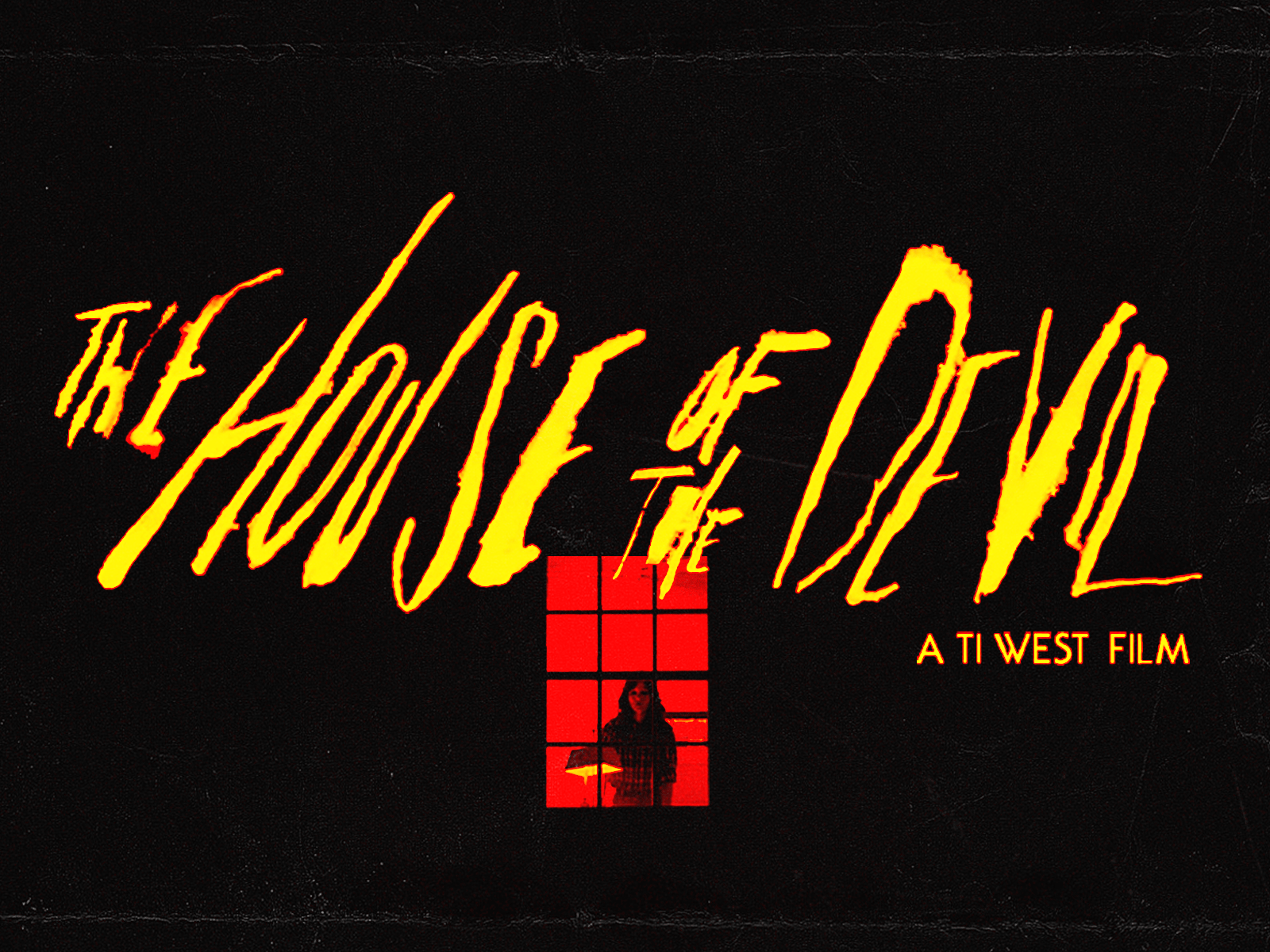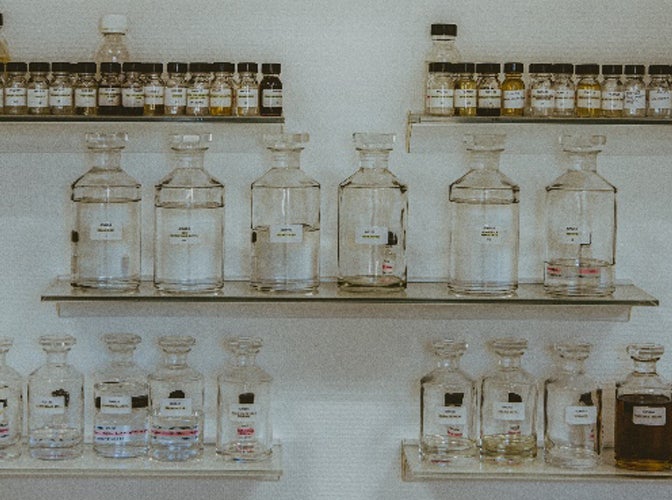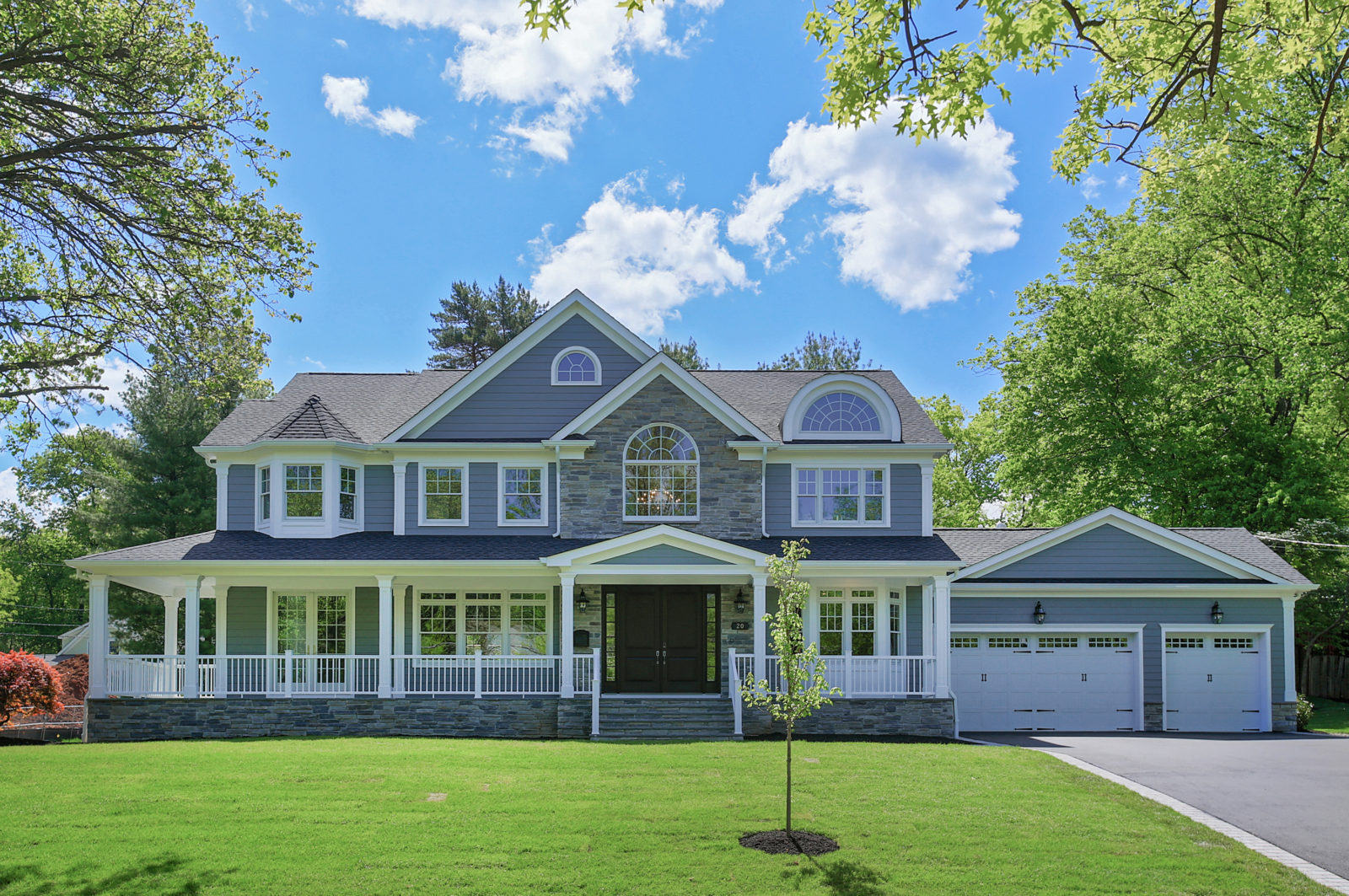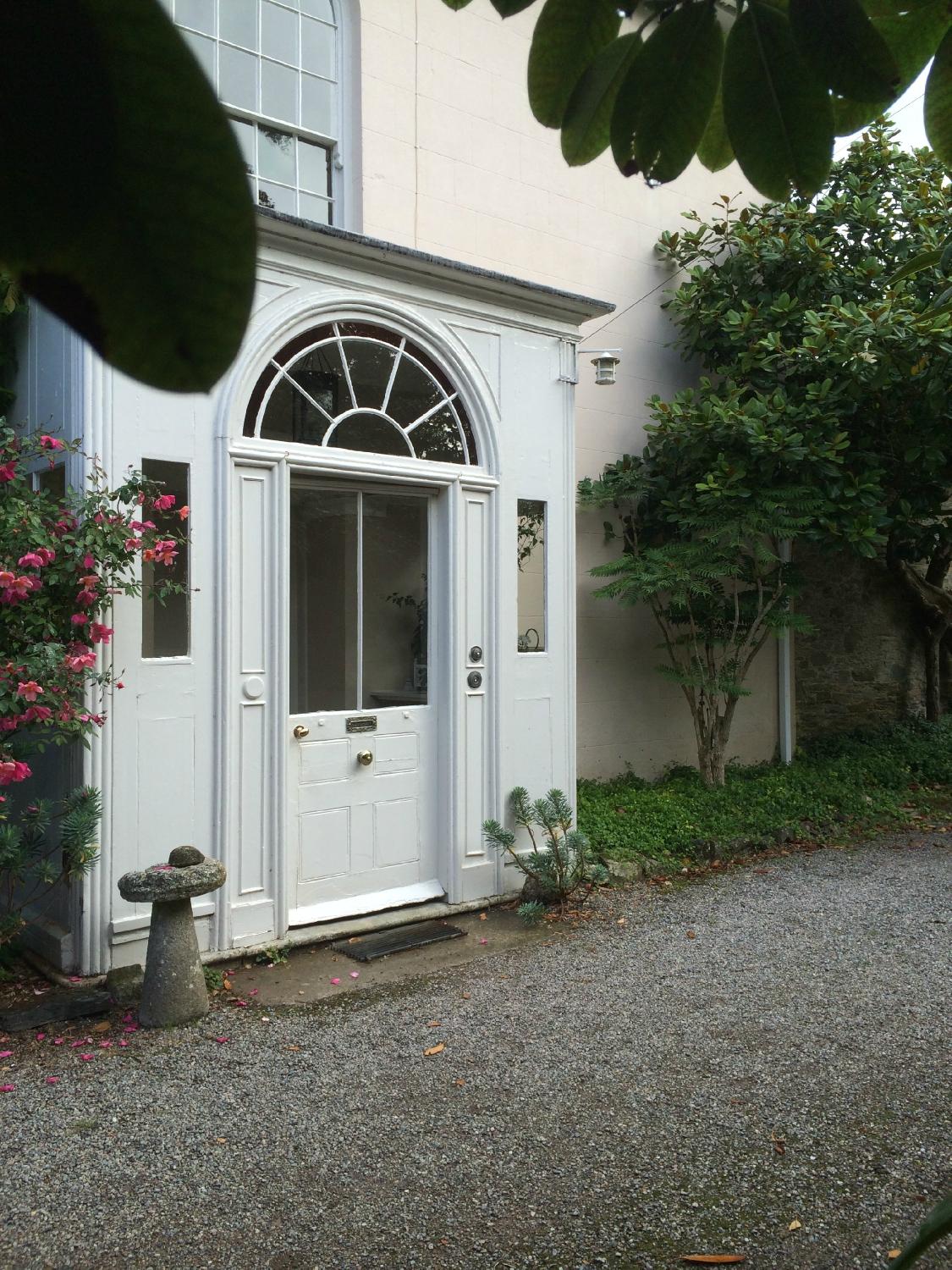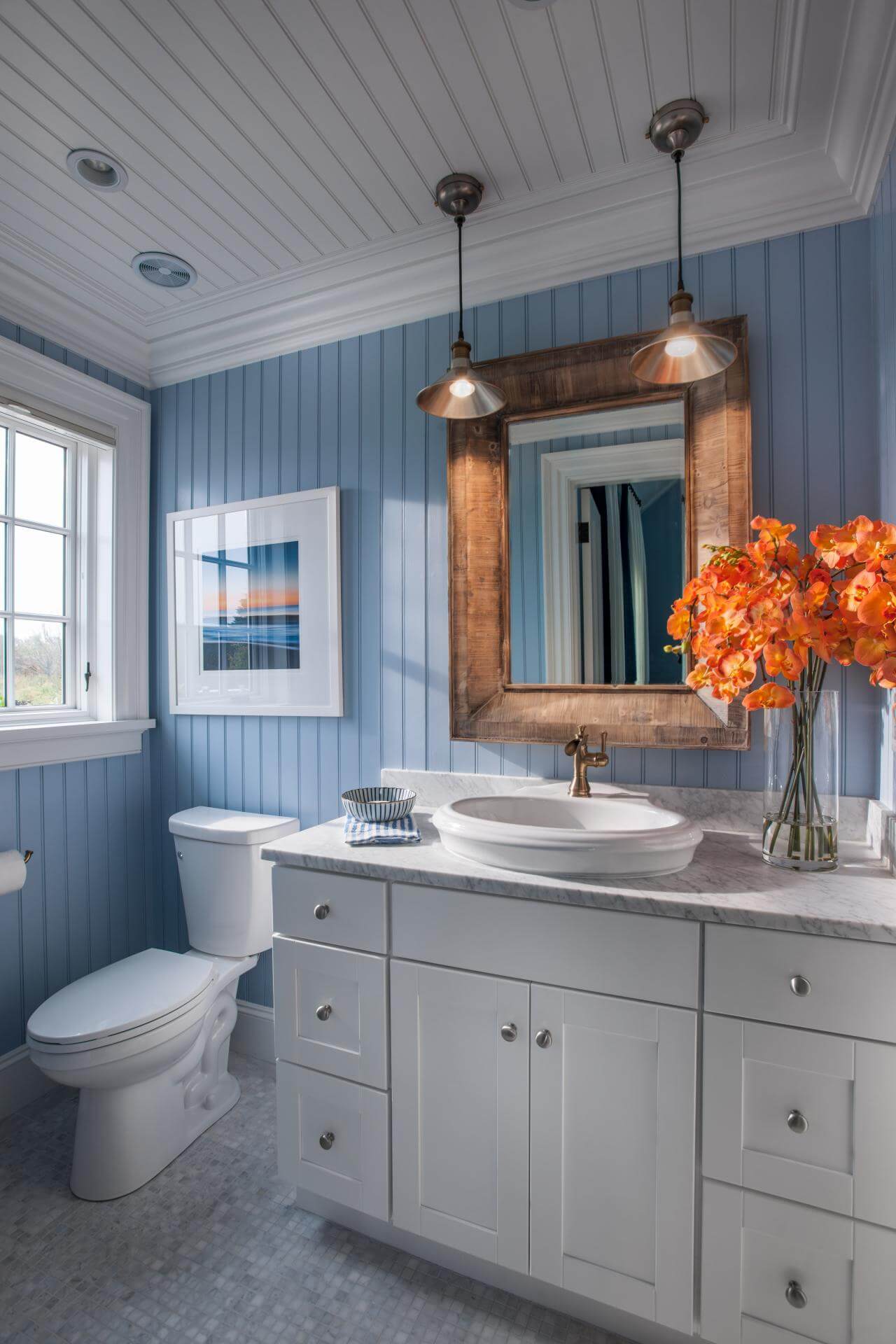Table Of Content
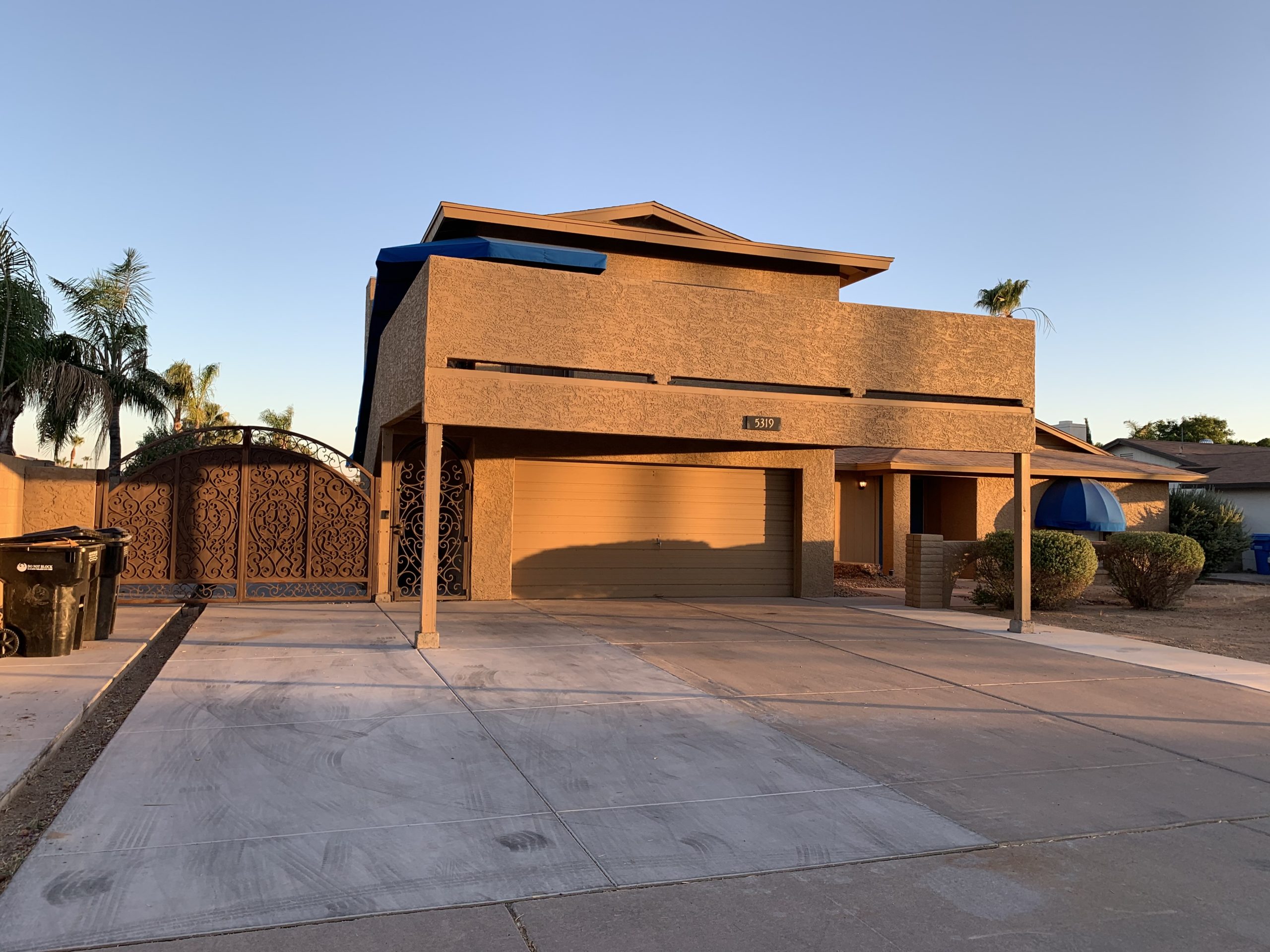
Residents can also get support from one another in the house and make new friends who are committed to sobriety. Many patients don’t realize the toxicity of prolonged alcohol abuse and how it affects the body. Alcohol detox at the luxurious rehab addiction centers at Gratitude Lodge leeches your body of these toxins in preparation for successful treatment for drugs and alcohol abuse. Alcohol detox may not take as long or produce severe withdrawal symptoms, but it is still an essential beginning to your recovery.
Law that ended single-family zoning is struck down for five Southern California cities
Many houses require residents to attend some sort of recovery, be it a 12-step program or outpatient counseling sessions. However, most Level 1 RRs don’t provide onsite recovery services, with the possible exception of an optional 12-step recovery meeting held weekly at the home. This built-in support system allows residents to avoid the isolation of returning home while recovering.

How Can I Pay for a Sober Living Home?
Sober living homes, sometimes referred to as transitional living arrangements, halfway houses, or recovery residences, can be a step down from formal substance use treatment programs. These homes can offer an in-between option for individuals after they complete a treatment program and before they return to their homes and lives. This transition can provide continued support while residents learn to apply their newly learned self-reliant skills to real-life situations while they remain drug- or alcohol-free in a community environment. If you or a loved one is due to finish treatment for drug or alcohol addiction and are worried about the temptations of daily life, staying in a sober living house may be the right choice for you. Proven effective in reducing the chance of relapse, sober homes are a collaborative and supportive environment to transition back to everyday life. With many types of recovery residences located all over the country, you are bound to find the right one for you.
Fred Brown’s Recovery Services — 423/425
Individuals who breach this are usually removed from the home immediately to protect the other residents. For many, the thought of returning home after addiction treatment can be daunting. Substance abuse can affect all aspects of a person’s life, including how they function in their family, work, and community. This effect can cause ongoing problems and make someone reluctant to return home after addiction treatment. In the 1950’s, “Halfway houses” (often funded by the government) were founded due to concerns about sustaining personal recovery after treatment. Today halfway houses are still used as a way to foster re-entry into society for addicts and sometimes for prison inmates.
Careers - Join Our Team
Smith recommends asking and looking for what sets one SLH apart from the others to make sure its focus and expertise align with your objectives and personality. The compensation we receive from advertisers does not influence the recommendations or advice our editorial team provides in our articles or otherwise impact any of the editorial content on Forbes Health. If you or someone you know needs help navigating the road to recovery in Los Angeles, New York, or Houston, get in touch with one of our confidential Admission Specialists.
Sozo Recovery Residence
As a result, the cost of Level 3 homes often includes the expense of paying counselors and administrative staff, in addition to the shared expenses of living in the home. Sober living centers are usually considered to be a form of aftercare – the phase of treatment that is focused on maintaining sobriety. For an overview of the rehabilitation process, see below or read our guide on the subject.
Fire rips through sober living house in south Everett - MyNorthwest
Fire rips through sober living house in south Everett.
Posted: Tue, 02 Apr 2024 07:00:00 GMT [source]
HOPE House in Buena Vista opens as first-ever sober living home in the area - WSLS 10
HOPE House in Buena Vista opens as first-ever sober living home in the area.
Posted: Wed, 17 Apr 2024 07:00:00 GMT [source]
Some homes may require that you commit to staying for a specific period of time to help establish a solid foundation for life after recovery housing. Level III homes employ administrative staffers, such as a facility manager and certified staff of case managers, and maintain an organizational hierarchy. Adding on to previous Levels’ services, Level III includes an emphasis on life skill development, offsite clinical services and in-house service hours.
Care For Others Foundation
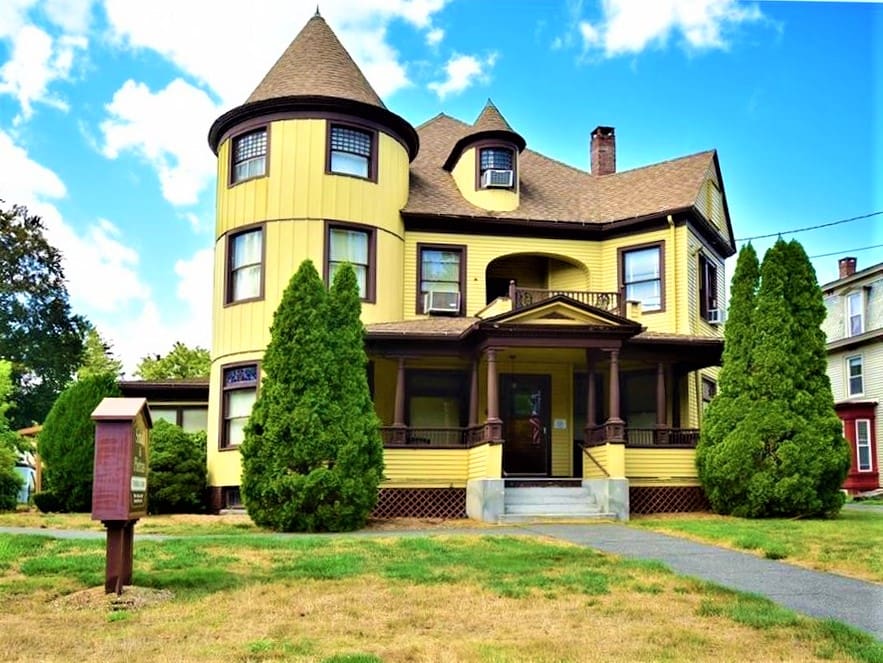
The daily schedule at sober living homes is heavily influenced by the residents’ current stage of recovery. Some homes are highly structured, with strict schedules and consistent eating and meeting times. Sober living homes are maintained through fees, and residents can usually stay as long as they want. Unlike many halfway houses, sober homes are not monitored by state agencies. There is no in-house treatment or requirement to attend a specific recovery program, but 12-step participation is popular in Oxford Houses.
One way they do this is by structuring their rooms for a semi-private living situation (meaning two people will often share a room). Even so, rent can vary greatly, with some rooms available from $500 up to $900 or more a month. Costs will differ depending on the living situation (private vs. shared room), staff pay rates, and, most significantly, the home’s location. At this level, it is often mandatory for residents to participate in community meetings, house meetings, mutual support groups, buddy systems, and outside clinical appointments. Sober living homes may or may not be accredited or licensed through a state, local, or national agency.
They have the opportunity to begin resuming their regular responsibilities and duties with increased independence while staying somewhere that provides additional support and a safe environment for their sobriety. The risk of relapse when someone leaves addiction treatment is particularly concerning. One study into people being treated for heroin addiction showed a considerable risk of death from overdose in the month following treatment.
Some sober living homes have exercise equipment, fitness areas, recreational space, pools and cookout areas. The homes may also be near an outpatient treatment center or on the campus of residential rehab facility. In general, individuals with a history of vagrancy, incarceration or inadequate social support are at high risk of relapse. But sober living homes can be beneficial for anyone in recovery who does not have a supportive, substance-free environment to go home to. Oxford House facilities are the best examples of Level I sober living homes. The houses are run by residents and emphasize peer support as an essential component of recovery.


